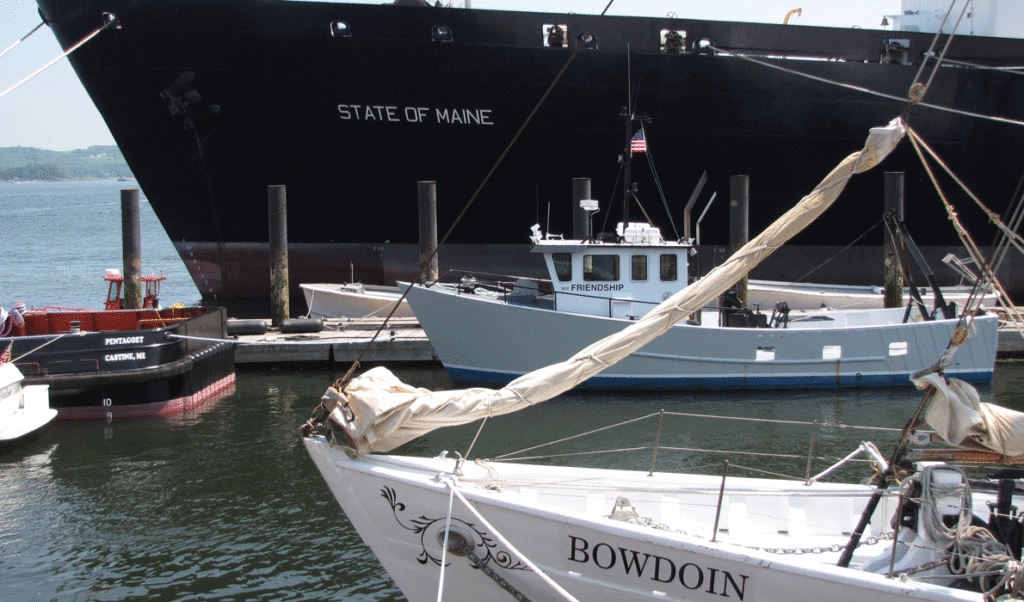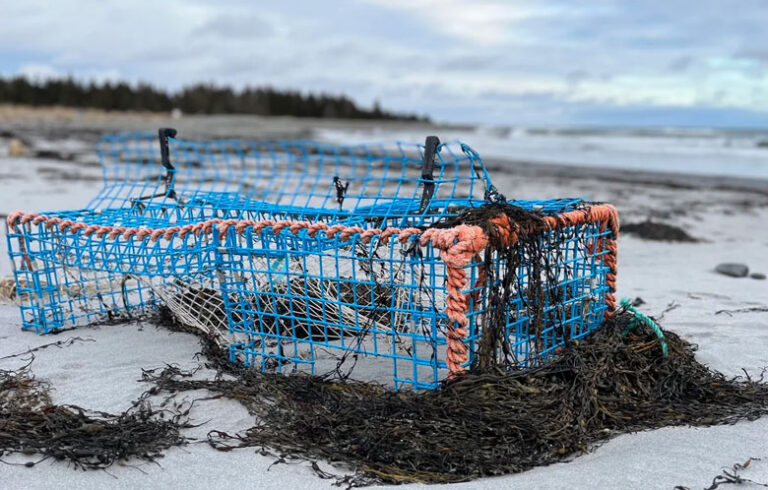People who are not accustomed to living on the water and on the high seas are often painfully aware of the slightest motion a boat or ship makes. Just look for the gray or green pallor on their faces and the expression that says, “Are we there yet?”
And those who don’t understand how hard the sea can push a vessel of any size might not properly “secure” his or her room on board.
Such was the fate of several students at Maine Maritime Academy this winter on the annual winter training cruise, the second undertaken during the cold months in almost 20 years. As we traveled south towards the Caribbean, Midshipman Parker Spear, the regimental commander elect, gave warnings to his shipmates at morning roll call.
“Remember to secure your rooms for sea, as we are expecting rough weather for the next couple of days.”
As the sun went down, the rolling of the vessel became distinctly greater. The clinometer—an instrument on the bridge which indicates how far to one side the ship is tilted—began to read eight, ten and even 12 degrees. This might not seem like much, but when the direction of force constantly changes with the changing pitch and roll, it makes staying upright look like a toddler learning to walk.
In fact, this results in some comical situations in everyday life at sea. I found myself walking down the passageway one day, minding my own business, when suddenly the ship heeled five extra degrees and made me stagger like a drunk into the third mate. After awkward apologies we went about our day and tried not to repeat the embarrassing event.
But when securing a room for sea, as the regimental commander instructed, one has to put literally everything away. The rubber feet on the bottom of a laptop or desk lamp will not keep it in place past a certain degree of rolling.
So at 2 a.m. when I was in my rack trying to sleep, the ship gave an extra violent heave to one side, and the ensuing crashes from up and down the staterooms betrayed the fall of some loose gear. The loud groans and curses that followed shortly after confirmed that some of these items were indeed laptops.
I rolled out of bed to see how everyone was doing. Eight midshipmen crowded in the doorway of one room, watching as a classmate picked up the pieces of motherboard and fractured screen off of the deck. Nobody said a word, because such a thing is a lesson in and of itself.
Capt. Dan Marsh, a professor last year at the academy, shared many sea stories about living in a storm at sea.
“The papers would be strewn about the bridge and make footing treacherous,” he said in his thick Brooklyn accent. “So the crew on my watch would go get metal trays from the galley and sit on them at one end of the bridge. Now this is a 100-foot wide ship, mind you. So when the ship rolled our end up, we would slide on the trays all the way across.” He added with a characteristic wry grin, “We were very professional.”
Horror stories of storms at sea abound in the maritime world. But rough weather can become the source of great teaching and even great fun for those who decide to brave them despite the increased risk.
Benjamin Stevens of Islesford is a senior at Maine Maritime Academy in Castine.





